Four blocks south of its 8-year-old Renzo Piano–designed building in Manhattan’s Meatpacking District, the Whitney Museum of American Art finally has a permanent space for its decades-old Independent Study Program (ISP) in Roy Lichtenstein’s former home and studio. The brick-clad pile, originally a metalworking shop that Lichtenstein purchased in 1987, was donated to the Whitney by the artist’s family. The now 11,000-square-foot structure, erected in 1912, was renovated and added to by Los Angeles–based architecture firm Johnston Marklee.
Lichtenstein’s painting studio on the ground floor has been turned into a collection of 15 individual studios that take the form of differently sized white boxes—their studs left exposed on the inside to echo Lichtenstein’s wood easel racks lining the perimeter walls (pictured above). Also on the ground floor, his former office has been adapted to become ISP’s fabled Seminar Room. Items that the artist and his wife, Dorothy, collected over the years, including an ornamental metal screen from a 19th-century theater, are incorporated in the refurbished interiors.
On the second floor, the former living room accommodates communal spaces for meeting and research. A planted terrace on that level features Lichtenstein’s painted aluminum sculpture Garden Brushstroke (1996/2009). Set back from the historic facade, a new third-floor addition, in contextual brick, includes an apartment for potential artists-in-residence. Commented former Whitney director Adam Weinberg at the new space’s unveiling, “It’s a jewel.”
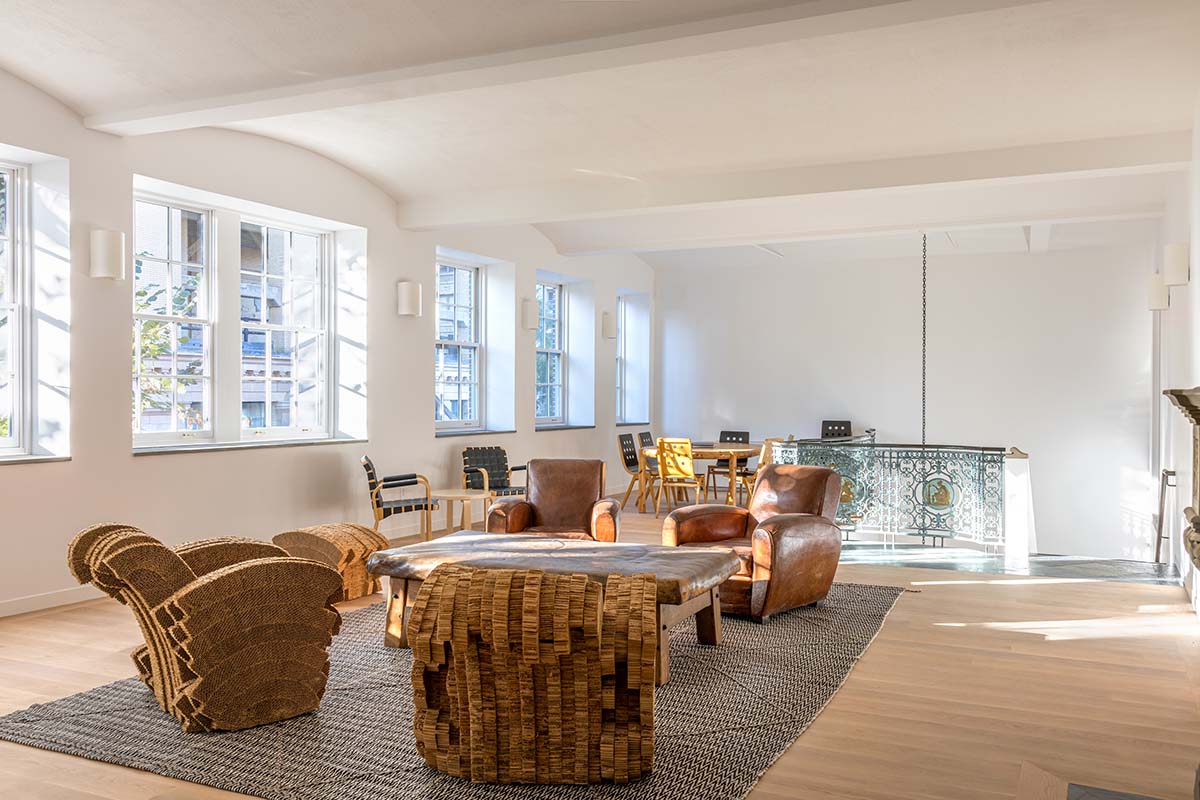
Photo © Max Touhey
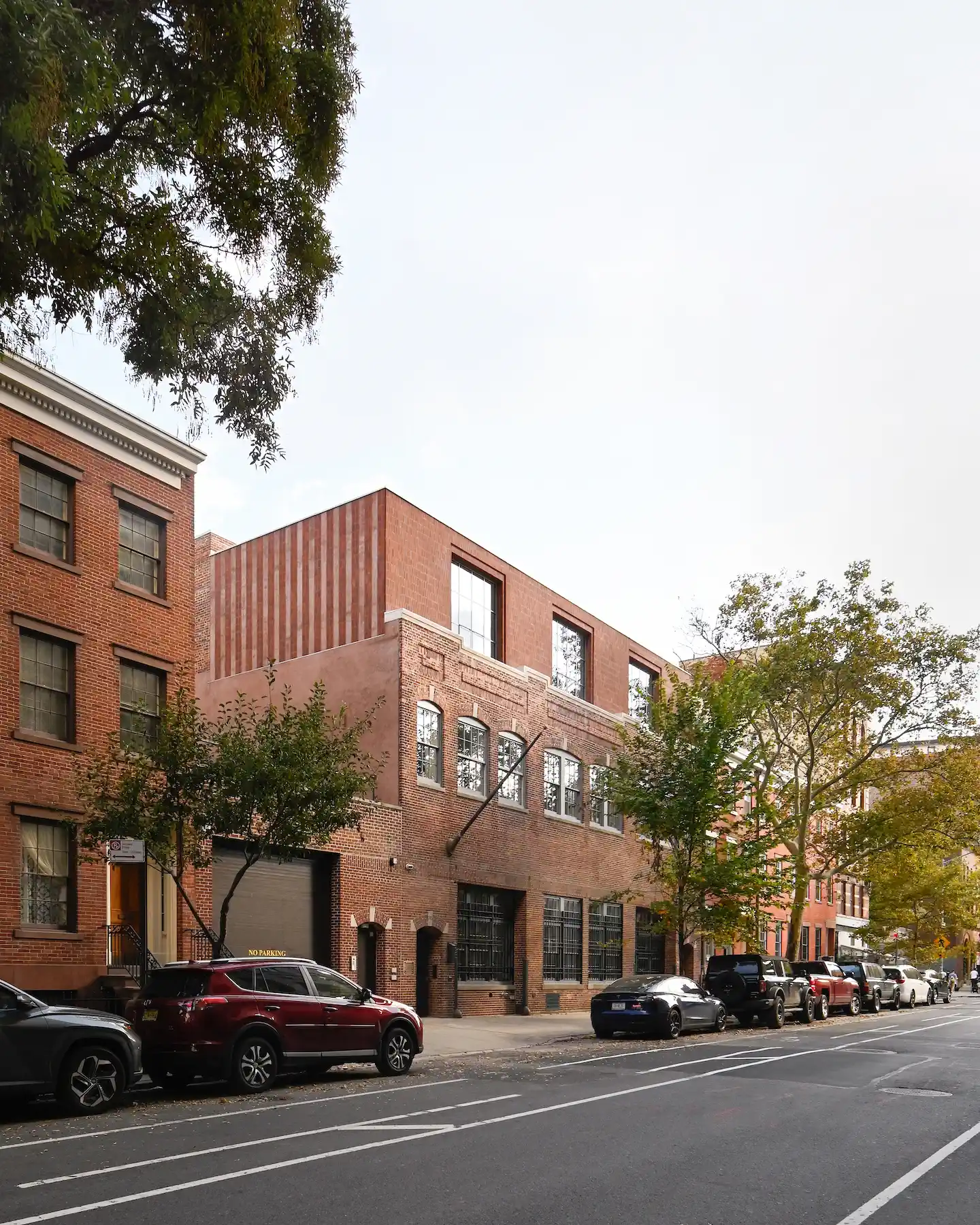
Photo © Andrew Fu


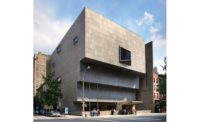
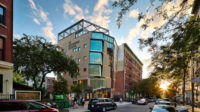
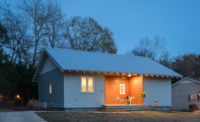
Post a comment to this article
Report Abusive Comment